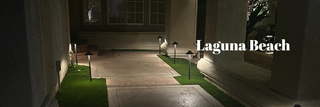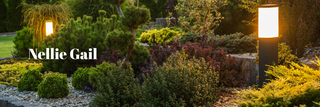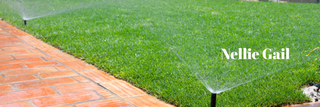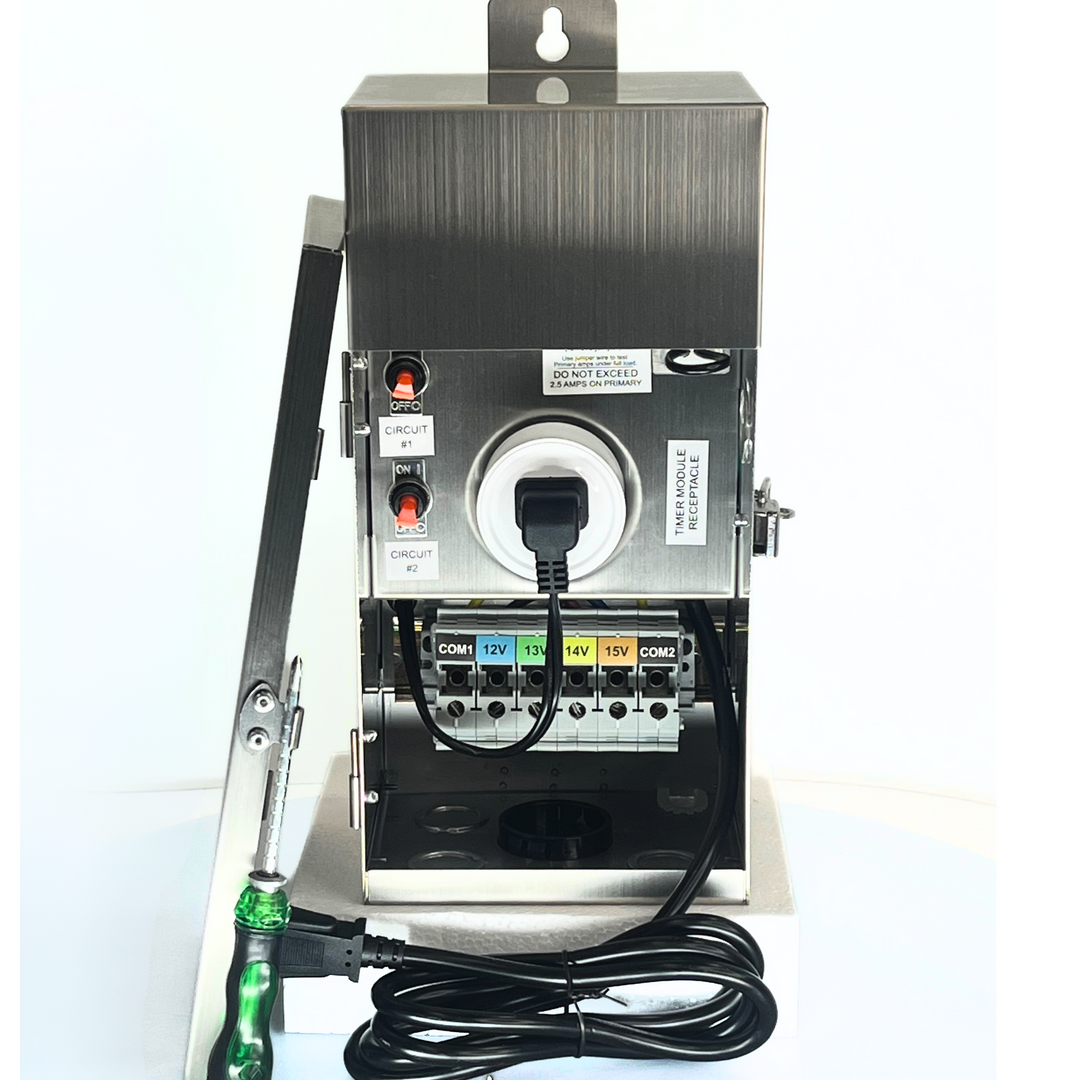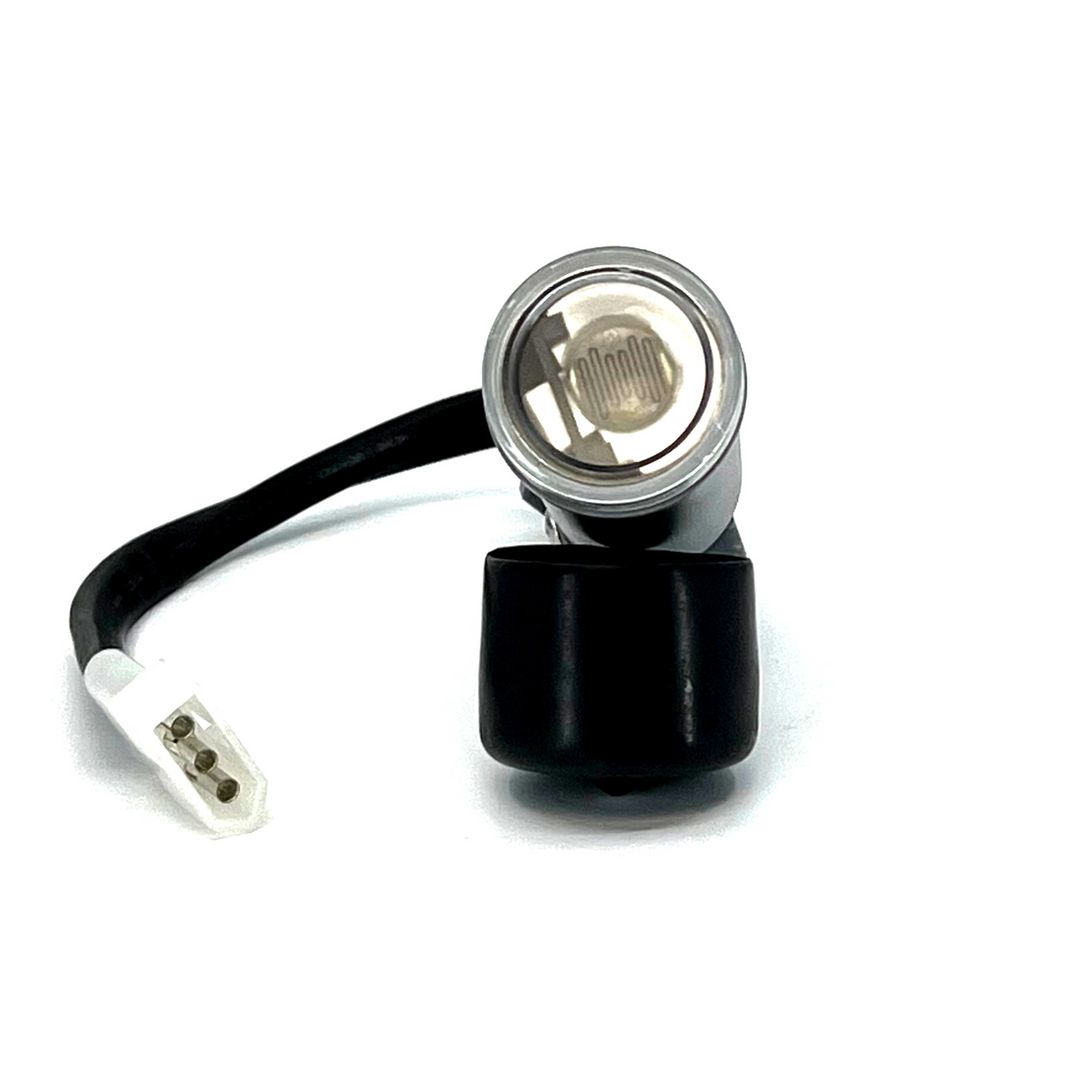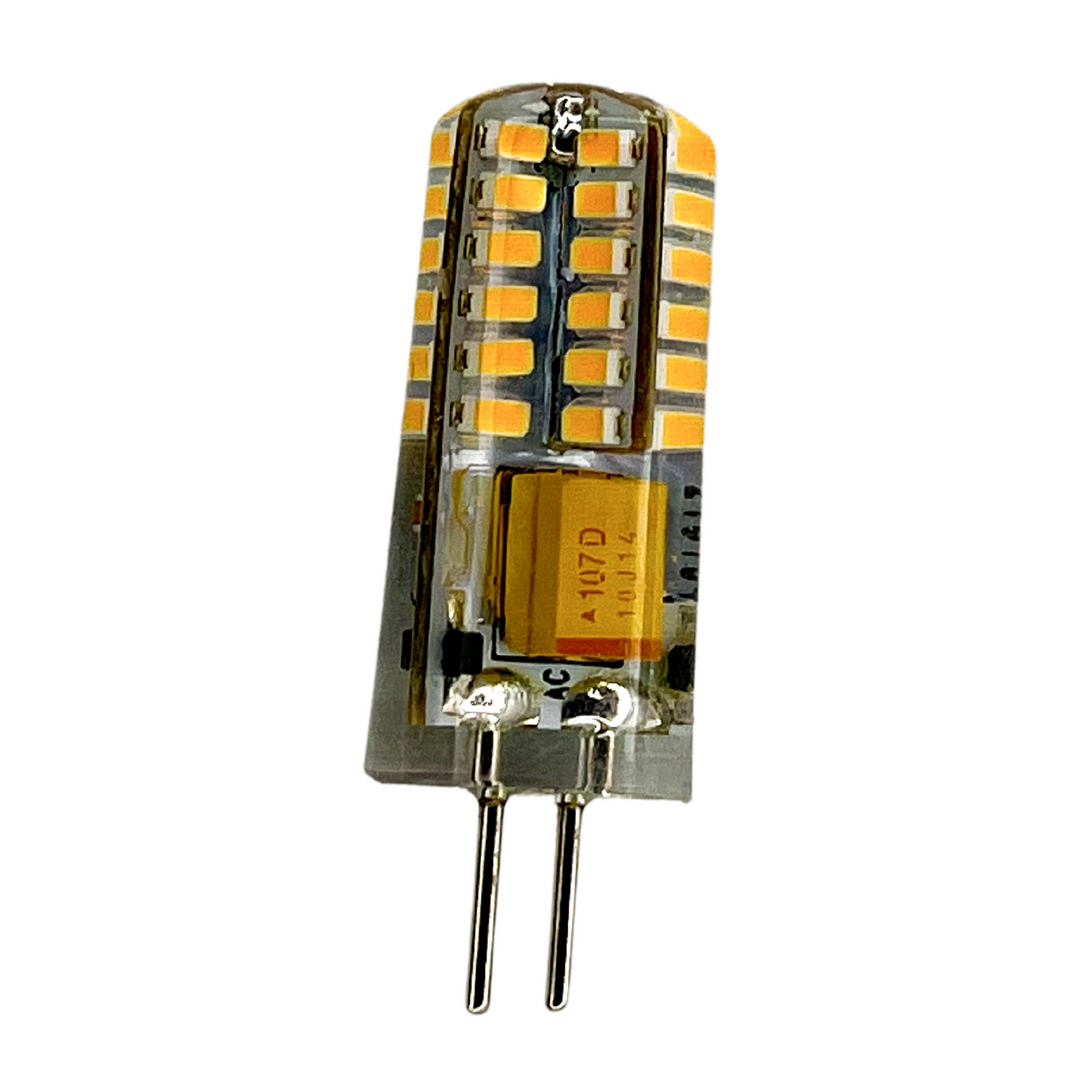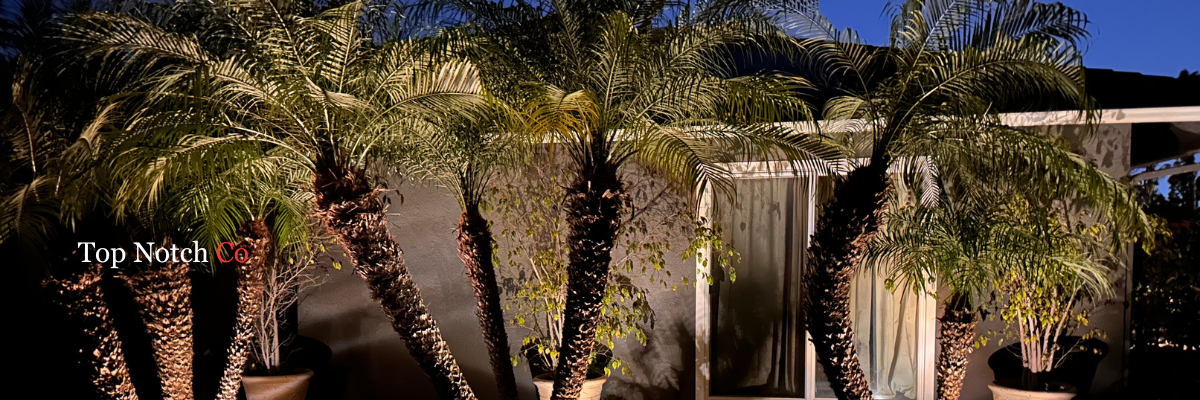
Outdoor Lighting: A Guide to Installation and Maintenance
|
|
Time to read 6 min
Outdoor Light Installation is essential for creating a welcoming and secure environment around your home. It enhances the beauty of your landscape, provides safety, and extends the usability of your outdoor spaces after sunset. This guide will take you through everything you need to know about outdoor lighting, from selecting the right fixtures to best practices for installation and ongoing maintenance.
Understanding the Different Types of Outdoor Lighting
Selecting the right type of lighting is the foundation of any successful outdoor lighting project. Here, we explore the most popular types of outdoor lighting, each offering unique benefits depending on your needs.
LED Lighting
LED lighting is a top choice for outdoor spaces due to its superior energy efficiency, long lifespan, and versatility. LEDs use significantly less energy compared to traditional incandescent bulbs, which can lead to substantial cost savings over time. Additionally, LEDs are available in various color temperatures, allowing you to create different ambiances in your outdoor areas. Their durability also makes them ideal for areas exposed to the elements, such as pathways, gardens, and driveways.
Solar Lighting
Solar lighting is an environmentally friendly option that uses solar panels to capture and store energy from the sun, which is then used to power the lights at night. These lights are especially useful in areas where running electrical wiring is difficult or where you want to minimize your energy consumption. However, solar lights require adequate sunlight during the day to function optimally at night, making placement crucial. They are perfect for use in open areas with direct sunlight, such as gardens or pathways.
Low-Voltage Lighting
Low-voltage lighting operates on a 12-volt power supply, making it a safe and cost-effective choice for outdoor use. These lights are relatively easy to install and are ideal for creating a soft, ambient glow in garden beds, pathways, and other landscaped areas. Because they use a lower voltage, these lights are also more energy-efficient, adding to their appeal for homeowners looking to reduce their energy usage.
Selecting the Right Fixtures for Different Outdoor Spaces
Once you’ve decided on the type of lighting that best suits your needs, the next step is selecting the right fixtures for various outdoor spaces. The choice of fixtures will greatly influence the functionality and aesthetics of your lighting setup.
Pathways and Driveways
When lighting pathways and driveways, safety and visibility are paramount. Fixtures such as bollard lights, pathway lights, and recessed ground lights provide clear illumination without creating harsh glare. These lights should be spaced evenly along the path or driveway to ensure continuous illumination, guiding guests safely from one area to another.
Gardens and Landscaping
To highlight the beauty of your garden, consider using spotlights, floodlights, or well lights. Spotlights are perfect for accentuating specific features such as statues, trees, or architectural details, while floodlights can illuminate broader areas of your garden. Well lights, installed flush with the ground, create an uplighting effect that adds depth and drama to your landscape by casting light upwards onto trees or walls.
Decks and Patios
Decks and patios are ideal for social gatherings and relaxation, and they require a combination of task and ambient lighting. Deck lights can be installed on steps or railings to ensure safe navigation, while string lights or wall-mounted fixtures can create a warm and inviting atmosphere. For a modern look, consider integrating LED strip lights along the edges of your deck or patio, which provide subtle yet effective illumination.
Best Practices for Outdoor Lighting Installation
Proper installation is critical to the longevity and effectiveness of your outdoor lighting system. Here are some best practices to ensure your installation is safe and successful.
Wiring and Power Supply
Carefully plan the wiring layout to ensure your lighting system is both safe and functional. For low-voltage systems, use a transformer to step down the standard 120-volt household current to the 12 volts required by the lights. Wiring should be buried at least 6 inches deep to protect it from physical damage and to reduce the risk of tripping. Waterproof connectors and enclosures are essential for safeguarding electrical components from moisture, which is a common issue in outdoor environments.
Mounting and Placement
The placement of your lighting fixtures can greatly affect their performance. Fixtures should be mounted at the correct height and angle to achieve the desired lighting effect. For example, pathway lights should be positioned low to the ground to light up the path without causing glare. Spotlights should be carefully aimed to highlight specific features without casting unwanted shadows. Experiment with different placements and angles to find the setup that best suits your space.
Maintenance Tips for Outdoor Lighting
Regular maintenance is essential to keep your outdoor lighting system operating at its best. Here are some tips to help you maintain your lights and extend their lifespan.
Testing the System
Before finalizing your installation, it’s important to test the entire system. Ensure that each fixture is properly wired and functioning as expected. Adjust the placement of fixtures as necessary to achieve uniform lighting coverage. This step is crucial for identifying any issues that could compromise the effectiveness of your lighting, such as uneven illumination or faulty connections.
Cleaning Fixtures
Outdoor fixtures are exposed to the elements, leading to the buildup of dirt, dust, and debris. Regular cleaning is necessary to maintain the appearance and functionality of your lights. Use a soft cloth and mild detergent to wipe down the fixtures, and be sure to turn off the power before cleaning to avoid the risk of electric shock.
Replacing Bulbs
Over time, bulbs will burn out and need to be replaced. When doing so, ensure that you use the correct type and wattage for each fixture. Consider upgrading to LED bulbs if you haven’t already, as they offer better energy efficiency and a longer lifespan than traditional bulbs.
Troubleshooting Common Issues
If you notice that your outdoor lights are not working as they should, start by checking the power supply and connections. Loose connections or faulty bulbs are common causes of malfunctioning lights. If a light is flickering, it may be due to a loose connection or a problem with the power source. Address these issues promptly to ensure your lighting system remains reliable.
Exploring Energy-Efficient Options and Smart Lighting Technologies
With advancements in technology, outdoor lighting has become more energy-efficient and convenient than ever before. Here’s how you can incorporate these technologies into your outdoor lighting system.
Energy-Efficient Lighting
Energy-efficient lighting options, such as LED and solar lights, can significantly reduce your energy consumption and costs. These lights use less power and have a longer lifespan, making them a cost-effective choice for outdoor illumination. Additionally, using motion sensors or timers can further enhance energy efficiency by ensuring that lights are only on when needed.
Smart Lighting Systems
Smart lighting systems offer the convenience of controlling your outdoor lights remotely using a smartphone app or voice commands. These systems allow you to adjust the brightness, color, and schedule of your lights from anywhere. Some smart lighting systems also feature geofencing, which automatically turns the lights on or off based on your location. This technology not only adds convenience but also improves energy efficiency and security.
Safety Considerations for Outdoor Lighting
Safety is a critical factor to consider when installing and maintaining outdoor lighting. Here are some important safety tips to keep in mind.
Use Weather-Resistant Fixtures
Outdoor lighting fixtures must be able to withstand harsh weather conditions. Choose fixtures with a high IP (Ingress Protection) rating, which indicates their resistance to dust and moisture. For example, an IP rating of IP65 is suitable for fixtures that are exposed to heavy rain, while an IP44 rating is adequate for areas that are under cover but still exposed to moisture.
Avoid Overloading Circuits
When adding outdoor lighting to your electrical system, be careful not to overload the circuits. Overloading can cause the circuit breaker to trip or even lead to electrical fires. If you are unsure about the capacity of your system, consult an electrician to assess your setup and make any necessary upgrades.
Ensure Proper Grounding
Proper grounding is essential for preventing electrical shocks and ensuring the safety of your outdoor lighting system. Make sure that all metal fixtures are grounded and that the wiring is connected to a ground fault circuit interrupter (GFCI) outlet. GFCI outlets are designed to protect against electrical shock by shutting off the power if they detect an imbalance in the electrical current.
By following these guidelines, you can create a stunning and safe outdoor lighting setup that enhances the beauty and functionality of your outdoor spaces while minimizing energy consumption and maintenance efforts.







